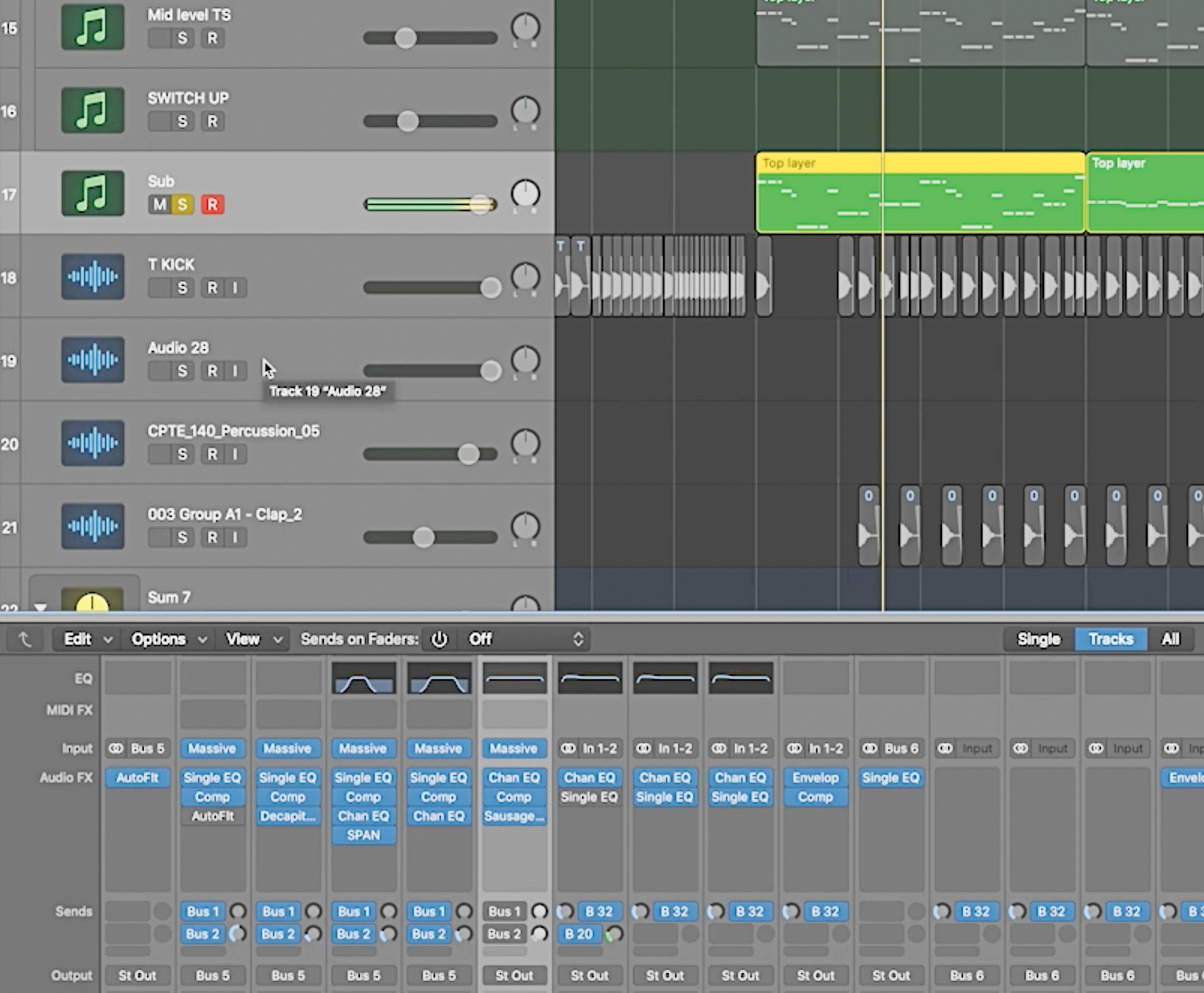The Breakdown: Skepsis shows us how to make the Freak bass patch in Massive
Bassline junkie turned DnB maverick Skepsis opens up his DAW for the latest edition of our in-studio video series
In our video series The Breakdown, we visit artists and producers in the studio to break down how they make their music, getting a deeper insight into the gear, techniques and creative process that's behind their best tracks.
Skepsis is a British producer that's enjoyed a meteoric rise since entering the dance music scene in 2017. Originally making a name for himself with a hard-hitting bassline sound, he's recently pivoted to DnB, embracing the genre's breakneck pace in last year's single Know What It Means, featuring Raphaella.
After opening up his DAW to talk us through the nuts and bolts of that project, Skepsis is back once again to dive into how he produced the bass patch for his TS7 collab Freak. Watch the video above or follow along with the tutorial below.

The bass sound is created by layering several instances of Native Instruments Massive: “It’s really about just trying to fill out the whole frequency spectrum.”

To bring out the higher frequencies, Skepsis uses separate top and high-mid instances of the sound, each EQ’d with Logic’s stock EQ to cut away unnecessary frequencies.

For the lower frequencies he uses two more tracks, targeting the low-mids and sub frequencies. “I always split the sub and the main bass, because I feel like it gives more control. I’ll just make an EQ and cut the low end from the bass and then I’ll have a separate sub.”

The sub is sidechained to the kick, giving it a bouncy effect. For a final element, Skepsis adds another low-mid instance of the bass for the track’s switch-up section. “I just added one little extra one in to create a sort of new sonic for that section.”
Want all the hottest music and gear news, reviews, deals, features and more, direct to your inbox? Sign up here.

The sound itself is created in NI Massive. “Key to this sound is the use of Massive’s Frequency Shifter. It’s used in one of the Insert slots. If I turn it off it all sounds quite flat.”

The Parabolic Shaper effect is the final touch that brings the Massive patch to life. “You can probably get more out of Serum, but Massive is what I’ve always used historically. It’s just about messing around with like the oscillators and the wavetables.”
Skepsis on the track he wishes he'd produced
"One track that's inspired me is Dimension's Where Do We Go, featuring Poppy Baskcomb [...] It's just got this amazing vocal on top, it's almost like a drum and bass ballad. It's so powerful."


I'm the Managing Editor of Music Technology at MusicRadar and former Editor-in-Chief of Future Music, Computer Music and Electronic Musician. I've been messing around with music tech in various forms for over two decades. I've also spent the last 10 years forgetting how to play guitar. Find me in the chillout room at raves complaining that it's past my bedtime.
- Matt MullenTech Editor